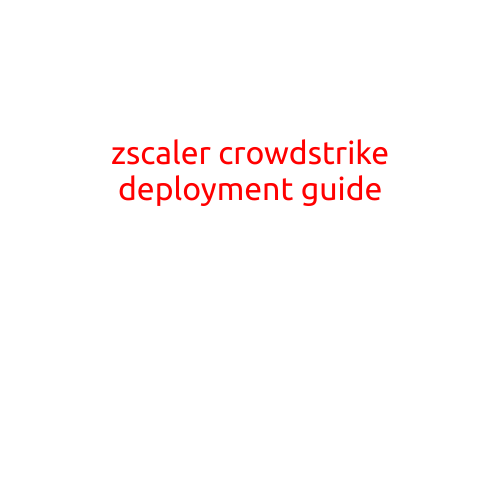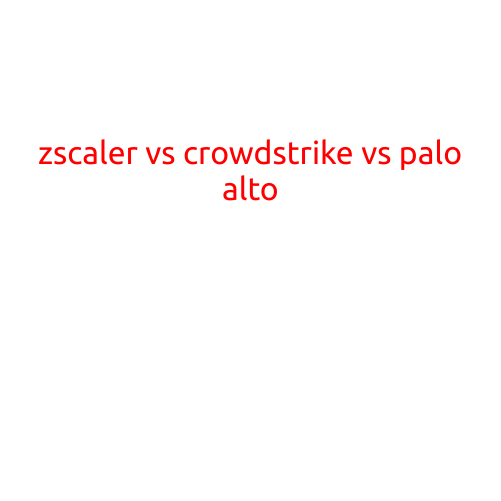
Crowdstrike Storm: Unpacking the Facts Behind the Controversy
In the world of cybersecurity, few names carry more weight than Crowdstrike. The company, founded in 2011, has made a name for itself as a leading provider of advanced threat detection and incident response services. However, in 2016, Crowdstrike found itself at the center of a political storm, when it released a report detailing alleged Russian interference in the 2016 US presidential election.
The report, titled “Russian Hacking: Crowdstrike’s Comprehensive Report,” revealed damning evidence of Russian cyber activity against Democratic Party organizations, including the Democratic National Committee (DNC) and the Hillary Clinton presidential campaign. The findings sent shockwaves through the political establishment, and sparked a heated discussion about the role of Russia in the 2016 election.
The Storm Intensifies
In the days that followed, Crowdstrike’s findings were met with skepticism by some, who questioned the company’s motives and methodology. However, subsequent investigations by the US intelligence community and the FBI confirmed the findings, concluding that Russian hackers had indeed targeted the DNC and Clinton campaign.
Despite the mounting evidence, tensions between Crowdstrike and its critics continued to escalate. In July 2018, the House Intelligence Committee released a memo claiming that Crowdstrike had “no evidence” of Russian hacking, sparking a heated exchange between the committee’s chairman, Devin Nunes, and Crowdstrike CEO George Kurtz.
The Investigation: What We Know
In its report, Crowdstrike identified two Russian intelligence agencies, the GRU and the FSB, as being responsible for the cyber attacks. The company isolated malware samples, dubbed “Doppelgängers,” which were used to evade detection and disrupt the operations of the targeted organizations.
Crowdstrike’s investigation also revealed a sophisticated phishing campaign aimed at infiltrating the DNC’s email system. The hackers, using fictional personas, tricked unwitting employees into revealing login credentials, allowing them to access the DNC’s email servers.
The Fallout: A Political Quagmire
The controversy surrounding Crowdstrike’s findings has led to a political quagmire, with many on both sides of the aisle questioning the company’s motivations and the validity of the evidence. Despite the overwhelming evidence of Russian interference, the debate continues, with some critics charging that Crowdstrike is complicit in a plot to undermine President Trump’s administration.
Conclusion
The Crowdstrike storm has left the cybersecurity community grappling with the complexities of political interference and the challenges of attributing cyber attacks. While the controversy continues, one thing is clear: the sophistication and scope of Russian cyber activity has been exposed, and the need for robust cybersecurity measures has never been more pressing.
As we move forward, it’s essential that we prioritize transparency, collaboration, and a commitment to uncovering the truth. By doing so, we can build a safer, more secure digital landscape, and protect our nation from the ever-evolving threats of the cyber world.





